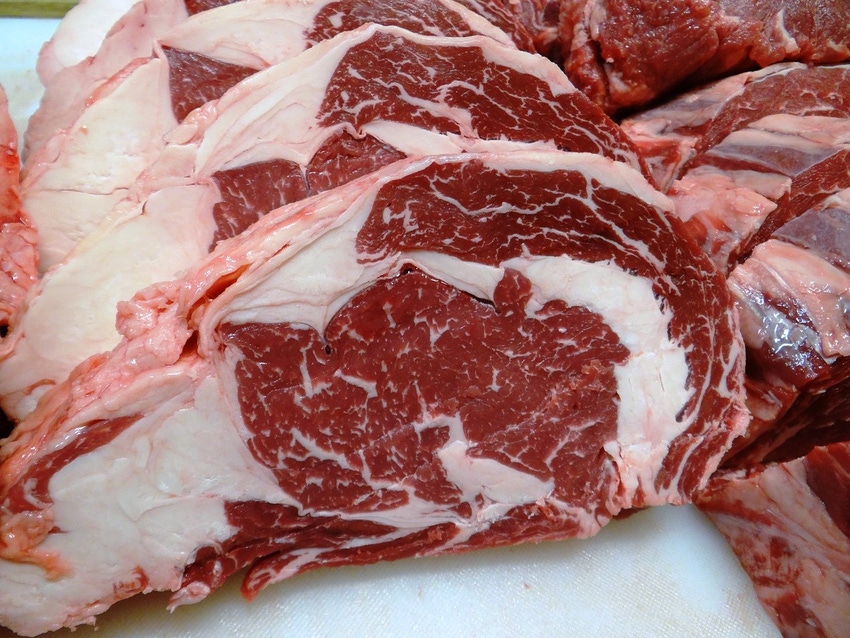U.S. now holds more than 50% of Japan's chilled beef import market.
July 17, 2017

The strong performance of 2017 U.S. beef exports was a main topic of discussion at the Cattle Industry Summer Business Meeting, held July 12-14 in Denver, Colo., where producers serving on the beef checkoff’s Export Growth Committee heard from U.S. Meat Export Federation (USMEF) staff regarding global trends in beef production and consumption, the positive impact of exports on carcass value and ongoing efforts to expand market access for U.S. beef.
Committee members reviewed year-to-date export results for U.S. beef, which USMEF economist Erin Borror explained has been bolstered by exceptional performance for chilled U.S. beef in key Asian markets. Borror noted that the U.S. now holds more than 50% of the chilled beef import market in Japan and South Korea and more than 70% in Taiwan.
What’s driving the growth in chilled U.S. beef? Borror said it is the high quality of beef produced in the U.S.
“We’re growing market share, but we’re also growing consumption," she said. "This is all underpinned by availability of U.S. beef, of course, now that we’re producing more; consumer confidence — rebuilding that confidence after (bovine spongiform encephalopathy), especially in places in Korea, where it has not been easy, and end user success — telling our customers how U.S. beef can be profitable for you. These are all key factors that are driving success in these main markets.”
The U.S. also is competing on a wider range of cuts, Borror said, adding that the U.S. is displacing some of the end cuts that Australia supplies in Asian markets, “and we’re teaching them how to utilize these block cuts.”
Dan Halstrom, USMEF senior vice president for marketing, added that chilled exports are especially important to the U.S. beef industry because they represent a consistent, 52-weeks-per-year business.
“If you buy frozen, you can buy when the prize is low and not buy when it’s high. With chilled, you are buying every week,” he explained.
Halstrom added that the other obvious advantage of chilled beef is that there aren’t the meat quality losses, such as less juiciness and less tenderness, that occur when meat is frozen and then thawed. As such, exporting chilled product also allows USMEF to better showcase the flavor and tenderness of U.S. beef for customers in Asia.
“When it is chilled, you’re holding it at 30-32 degrees Fahrenheit all the way from the packing plant to the customer in Korea or Japan. So, chilled is the goal in the Asian markets, and it’s worked well,” he said.
You May Also Like



